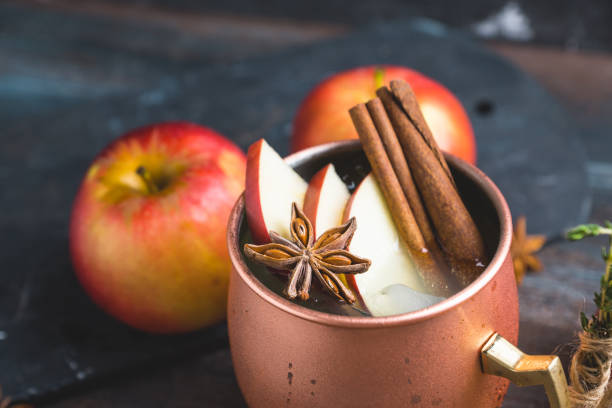In the last two years, the spirits industry has faced significant challenges. Covid is often blamed for these changes, but the truth is that they were already underway long before Covid entered the bar scene. The pandemic only intensified these changes in unexpected ways.
Regardless of the reason, today’s consumers have different expectations. The trade is more restricted, and the selling channels are impacted. Despite all this, we see a boom in exciting new spirits products. This is the perfect environment for innovation and creativity.
Continue reading to learn more about the main drivers of these changes and how you can use them to innovate your marketing.
“A person might not buy a Rolex, or a BMW but can afford to purchase an 80-dollar bottle of Scotch from time to time.”
David Ozgo, Distilled Spirits Council of the United States
Spirits marketing is changing from premiumization to presentation.
Gen Xers and Zoomers drink in vastly different ways. They affect the majority of operational aspects in today’s spirits industry, such as sourcing ingredients, marketing, and sales. In the wake of Covid’s findings, spirits brands have begun to take note of the growing gap between Millennials and Zoomers. In an effort to reach these brand-agnostic consumers, many are eager to launch new products. What you need to understand.
What is driving the premiumization trend?
The trend of premiumization has been around in the three main categories for a number of years – beer, wine, and spirits. The movement was particularly strong for hearts at Covid, as consumers, fueled by months of forced saving, sought small comforts and affordable luxury. David Ozgo is the chief economist of the Distilled Spirits Council of the United States. He said, “A person might not be purchasing a Rolex, a BMW or an iPad, but he can afford to buy an $80 bottle of scotch from time to time.” ( BevAlc insights).
The following are the factors that support the growth of premium alcohol:
- It is generally agreed that Gen Y and Z are the main drivers of premiumization. The 18-34 age group is more likely to select a premium beverage than those older than 55. (Adeo Group)
- Globally, incomes are increasing. A growing middle class in fast-growing markets like China and India wants to drink better-quality drinks.
- The consumption of alcohol is decreasing. It’s true. Zoomers drink 20% less than Millennials per capita. (Business Insider)
Matching premium products with premium presentation
In addition to being willing to spend more for less alcohol, today’s consumers also expect an upscale and sophisticated experience when ordering a cocktail in a restaurant or bar. Premium alcohol brands cannot afford to ignore the importance of cocktail presentation. It extends to the digital experience as well.
Sixty-nine percent of Millennials take pictures of their food or drink before they eat it so that they can post them on social media. TikTok reported that almost two billion hashtags were used for the term ‘cocktails ( Club Mirror ) in the first six months of 2021. Or, as Forbes author said: “What used to be a novelty is now a competitive edge.” Due to its economic impact, bartenders now design drinks with Instagram in mind.
Spirit brands are constantly looking for new and innovative ways to increase the shareability of cocktail recipes, as well as the visibility of the spirit that is mixed in. They often use glassware, garnishes, and the color of the cocktail to make themselves stand out. Ripple media on bev-tops is also used by many of the most innovative brands. It’s a flexible and highly visible tool to influence consumers at consumption points.
New products target changing drinker profiles.
Beer is not a masculine beverage, and neither are cocktails. Kantar, a market research company, recently revealed that women in the UK drink 40% more whisky per year than in 2010. This is a 15% increase compared to a 6% decline among men. More than 20% of customers now want to try drinks that they wouldn’t have before the lockdown.
Brands have the chance (and the challenge) to attract new customers as the lines between drinker profiles and drinks become blurred. Reassessing your marketing strategy will help you engage consumers that you haven’t reached before.
Drink categories are changing as well. The Low & No Alcohol products are a good example. Gen Z has a significant share of the market, citing health concerns and a fear of social media monitoring as reasons for drinking less. Google predicts that the number of searches for the term ‘ mocktails’ will rise by 58% in 2022.
Brands will have to be creative when it comes time to elevate the experience of serving mocktails on-premises to justify the price.

